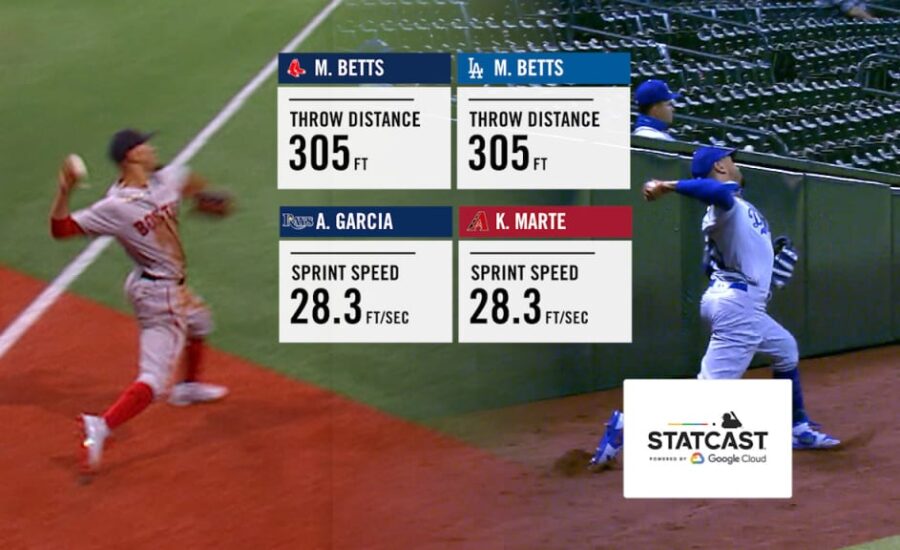Baseball, once a sport steeped in tradition and folklore, has undergone a remarkable transformation in recent years. The advent of advanced statistics, commonly referred to as “analytics,” has revolutionized the way the game is understood, analyzed, and played. In this blog post, we delve into the evolution of baseball analytics and the profound impact it has had on Major League Baseball (MLB).
Gone are the days when traditional statistics like batting average, home runs, and earned run average were the sole indicators of player performance. Enter a new era, one where intricate metrics such as Wins Above Replacement (WAR), Fielding Independent Pitching (FIP), and Launch Angle dominate the conversation. These advanced stats provide a more comprehensive understanding of player value and team success.
With the help of sophisticated data collection methods, teams now possess an unprecedented wealth of information at their fingertips. From pitch velocity and spin rate to exit velocity and defensive positioning, every aspect of the game can be quantified and analyzed. Armed with these insights, teams can make more informed decisions regarding player acquisitions, game strategies, and even in-game substitutions.

Analytics has shifted the focus from anecdotal observations to evidence-based decision-making. Front offices now employ data scientists, mathematicians, and statisticians to unravel the hidden patterns within the numbers. The goal is to gain a competitive edge by uncovering undervalued players, identifying potential breakout stars, and optimizing roster construction.
But it’s not just the teams that have embraced analytics. Fans, media, and players themselves are now immersed in the world of advanced stats. Social media platforms buzz with discussions about launch angles, exit velocities, and defensive runs saved. Broadcasters weave analytics into their commentary, enhancing viewers’ understanding of the game. Even players have become more data-driven, leveraging advanced stats to refine their approach at the plate or on the mound.
While some traditionalists argue that baseball analytics strips away the human element of the game, the reality is that it enhances it. Analytics allows us to appreciate the nuances of the sport in ways we couldn’t before. It reveals the hidden strengths of players, identifies inefficiencies in strategies, and uncovers trends that can shape game outcomes. In essence, it enhances our ability to appreciate and comprehend the intricacies of the game we love.
As the MLB continues to evolve, so too will the field of baseball analytics. The integration of artificial intelligence, machine learning, and wearable technology will push the boundaries even further, providing teams with real-time insights and predictive modeling. The game we know today will continue to transform, fueled by the relentless pursuit of knowledge and the desire to uncover every possible edge.
In conclusion, the evolution of baseball analytics has fundamentally changed the landscape of the MLB. It has ushered in a new era of understanding and decision-making, empowering teams, players, and fans alike. As we embrace this data-driven revolution, we must recognize that while the numbers tell a captivating story, it is the human element that ultimately breathes life into the game.


